
A hidden gem near Kyoto where you can enjoy Monet’s Water Lilies!
Located in Oyamazaki, Kyoto, the Asahi Group Oyamazaki Villa Museum of Art is a must-visit spot for Impressionist art lovers. The museum is famous for housing Claude Monet’s Water Lilies series, making it a dream destination for anyone who loves painting.
The museum is actually housed in a renovated English-style villa built between the Taisho and early Showa eras (1910s–1930s). Blending elegant architecture with beautiful nature, it opened to the public in 1996 and is now operated by the Asahi Group Holdings.
You’ll find it halfway up Mount Tennozan, surrounded by lush greenery. The calm setting allows you to enjoy both art and seasonal landscapes. The site also includes a lovely garden—perfect for a short stroll before or after your visit.
From JR Yamazaki Station, it’s about a 14-minute walk. However, since the museum sits on a hillside, the walk can be steeper than it looks! If you prefer a more relaxed visit, take advantage of the free shuttle bus available from the station.
For more details → Asahi Group Oyamazaki Villa Museum of Art official website (Japanese only)
Garden outside the museum
Highlights from the Collection – Monet’s Water Lilies Emerging from the Earth
When people think of the Asahi Group Oyamazaki Villa Museum of Art, the first thing that comes to mind is, of course, Claude Monet’s Water Lilies!
The museum owns several large paintings from this world-famous series, displayed inside the Underground Gallery, a modern annex designed by architect Tadao Ando.
As its name suggests, most of the structure is built underground, creating a fascinating contrast between the historic villa above and the sleek, modern design below.
(Note: The museum rotates its exhibits, so be sure to check the current display before visiting.)
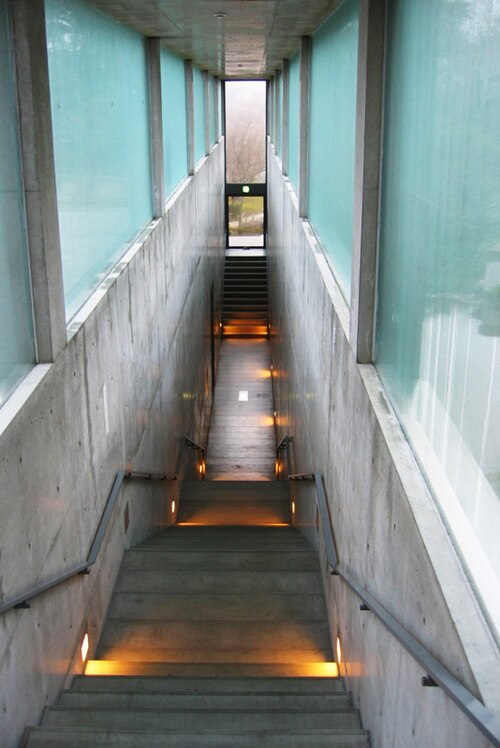
What Makes Monet’s Water Lilies So Special?
Soft light, floating blossoms, shimmering reflections of sky and trees—Monet’s Water Lilies captures a dreamlike vision of nature.
This celebrated series was Monet’s life’s work in his later years.
After the devastating flood of the Seine River in 1910 and the loss of his beloved wife Alice the following year, Monet stopped painting for a while. But around 1914, he picked up his brush again and poured his soul into creating Water Lilies.
These later works led to his monumental project known as “The Grandes Décorations”, or the “Large Decorative Panels.”
Monet dreamed of surrounding an entire room with Water Lilies, immersing viewers completely in his vision of water, sky, and light.
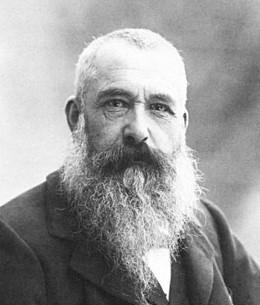
Monet’s Water Lilies at Oyamazaki Villa Museum
The museum houses five Water Lilies paintings, four of which are believed to be studies for Monet’s Grandes Décorations.
Each canvas exceeds one meter on a side—some even measure over two meters—creating an overwhelming sense of scale.
Standing before these works, you’ll feel as if you’re being gently embraced by color and light. It’s a serene, immersive experience.
What Are the “Grandes Décorations”?
Monet’s lifelong dream was to fill an entire space with Water Lilies.
This ambitious project eventually resulted in 22 panels forming eight compositions, each about 2 meters tall and 91 meters wide in total.
These masterpieces are now on permanent display at the Musée de l’Orangerie in Paris.
To see their original studies here in Japan—nestled among the natural beauty of Mount Tennozan—is truly a rare and special experience.
In the cool, quiet atmosphere of the Underground Gallery, take a moment to lose yourself in Monet’s luminous world of light and water, far away from the noise of the city.

Water Lilies: The Green Reflections (1915–1926)
200 × 850 cm
Other Works in the Collection
Note: The artworks introduced here may not always be on display. Please check the latest exhibition schedule on the Asahi Group Oyamazaki Villa Museum of Art official website (Japanese only) before your visit.
Claude Monet
“The Japanese Bridge“ (1918–1924)
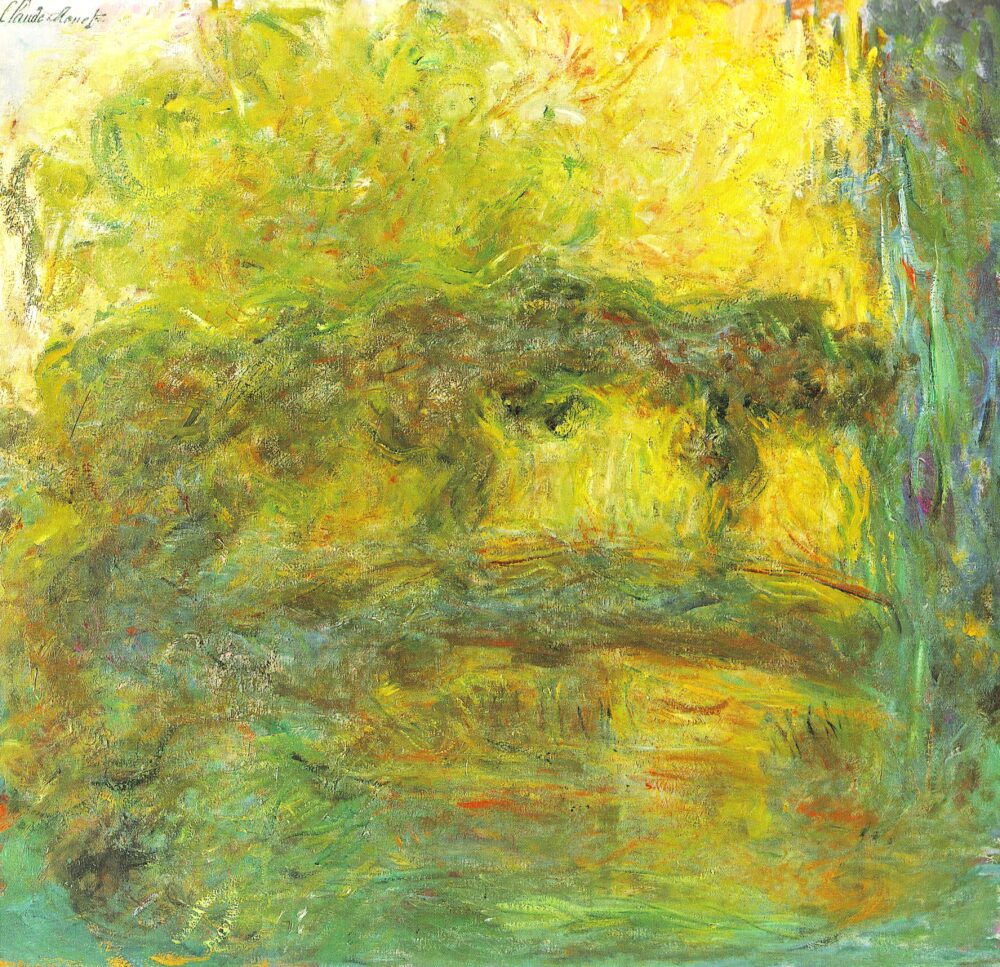
About This Work (Tap or Click to View)
In his later years, Claude Monet suffered from severe cataracts that greatly impaired his vision.
By 1922, doctors reported that he was completely blind in his right eye and had only about 10% vision left in his left.
Even so, Monet never put down his brush. His doctor urged him to undergo surgery, but Monet—who disliked doctors—hesitated for a long time.
During this period, he painted “The Japanese Bridge”.
The bridge over his “Water Garden,” inspired by Japanese design, is depicted with fiery colors and bold, dynamic brushstrokes.
Throughout his career, Monet devoted himself to capturing the effects of light.
As he grew older, his style became increasingly abstract, and in this work, we see him take that even further.
It feels as though we’re witnessing the blurred world Monet himself might have seen—shapes and colors merging like reflections in mist.
The Japanese Bridge shimmers like a vision floating in fog, perhaps mirroring the landscape within Monet’s fading sight and heart.
Monet eventually underwent eye surgery in 1923.
Although his eyesight never fully recovered, he regained enough vision to continue painting.
Until his death in 1926, he remained passionately dedicated to completing the Water Lilies “Grandes Décorations” series.
Vincent van Gogh
“Peasant Woman at the Window“ (1885)
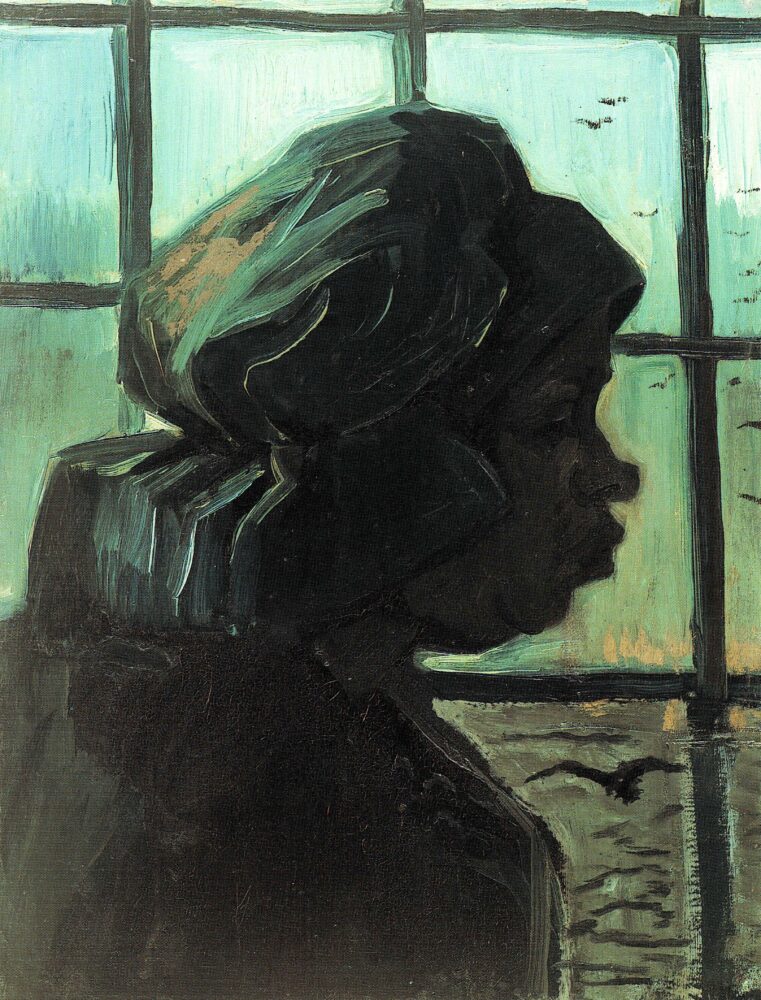
About This Work (Tap or Click to View)

Did you know that Vincent van Gogh once dreamed of becoming a pastor before he became a painter?
That dream never came true, and at the age of 27 he decided to dedicate his life to art.
During the next ten years, until his death at 37, he produced an astonishing number of works that would change the history of painting.
In his early period, Van Gogh often painted the miners and farmers who lived in poverty at the time.
While staying with his parents in the village of Nuenen, the Netherlands, he quietly and earnestly painted local peasants as his models.
“Peasant Woman at the Window” is a work from this period.
It shows a woman standing by an indoor window, captured in soft backlight.
The contrast of the silhouette, the shadow of the window frame, and the tiny birds outside create a simple yet deeply human atmosphere.
Throughout his life, Van Gogh held a strong desire to touch people’s souls through art.
Even in this early painting, you can feel his sincere gaze as he depicts the farmer with honesty and respect.
During this time, Van Gogh’s palette was very different from his later, colorful works.
He used dark, earthy tones, emphasizing the hardships of rural life.
This period of exploration led to one of his most famous early masterpieces, The Potato Eaters (1885), where his focus on peasant life reached a new depth.
Paul Signac
“Venice” (1908)
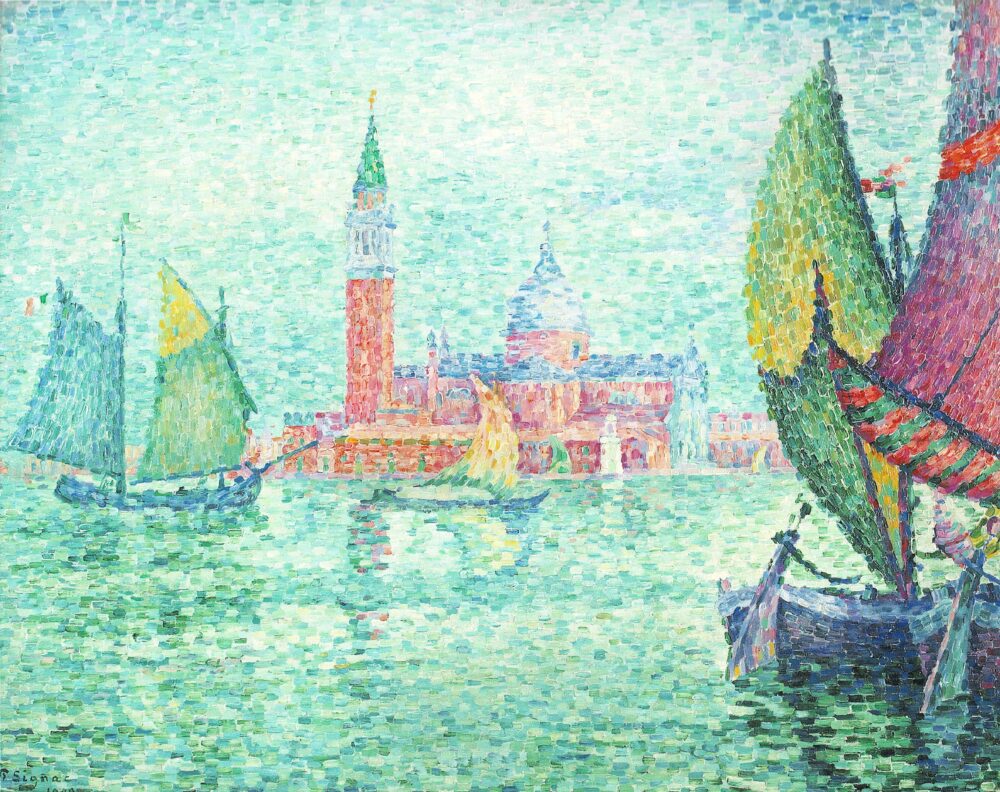
About This Work (Tap or Click to View)
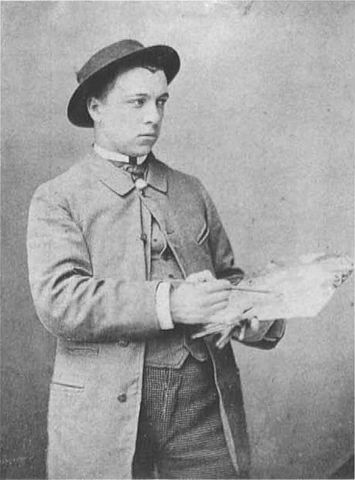
Paul Signac was one of the leading artists of the Neo-Impressionist movement, best known for his use of the pointillist technique—painting entire scenes with countless dots of color.
In his early years, Signac used very fine dots to create delicate effects.
But after 1900, his brushstrokes became larger, bolder, and more dynamic.
“Venice” (1908) is a perfect example of his later style.
The painting’s subject is the City of Water—Venice, Italy.
With the Church of San Giorgio Maggiore in the background, Signac vividly captures yachts sailing along the canal.
The boat on the right, painted in vibrant blues and reds, instantly draws your eye.
Meanwhile, the distant church is rendered in softer, lighter tones, creating a beautiful sense of depth and atmosphere.
The mosaic-like strokes of color shimmer across the canvas, filling the viewer with a sense of brightness and joy.
Yet, beneath the sparkle, Signac also conveys the moist, misty light unique to Venice—a perfect balance of energy and calm.
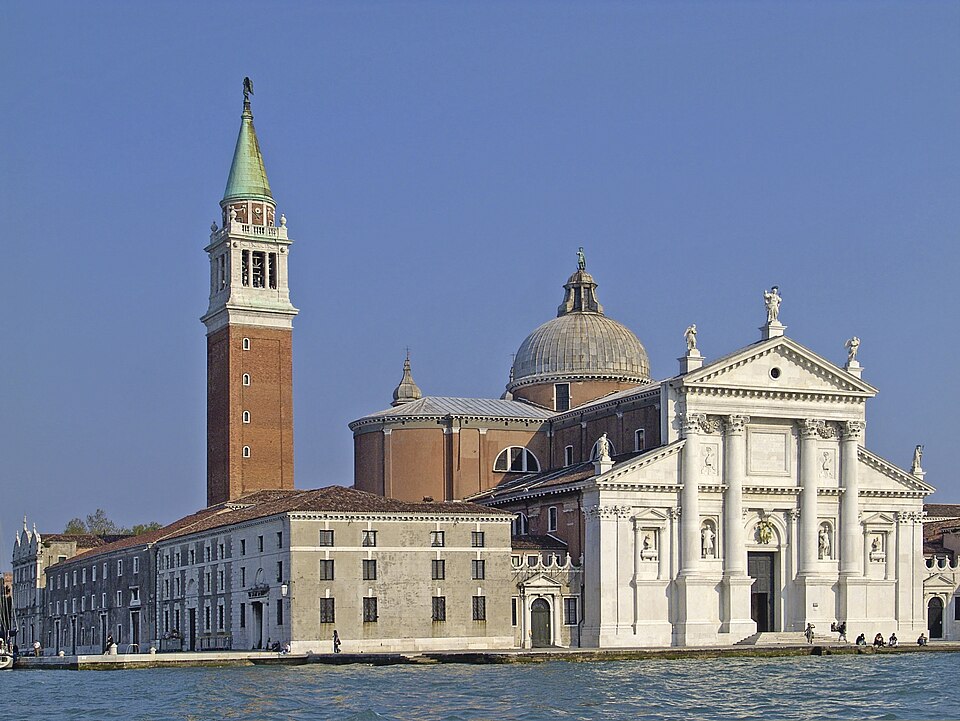
img: by Didier Descouens
Paul Klee
“Oriental Cathedral” (1932)
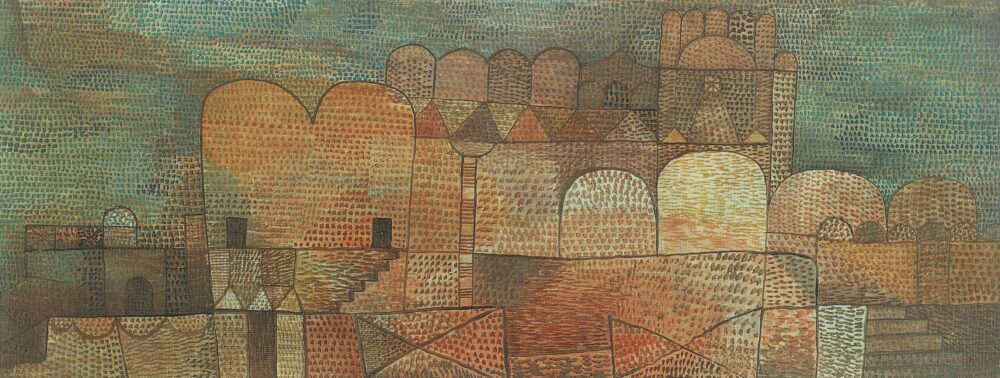
About This Work (Tap or Click to View)
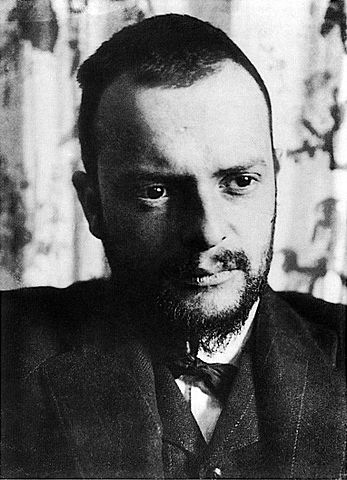
Paul Klee (1879–1940) was a Swiss-born painter known for his unique style that moves freely between abstraction and figuration.
His use of vibrant colors and geometric patterns deeply influenced German Expressionism, the Bauhaus movement, and even Surrealism.
Klee was also an accomplished musician, and he often said he wanted to “paint like composing music.”
One of his most famous works, To Parnassus (1932), captures this idea beautifully.
The painting “Oriental Cathedral”, created in the same year, explores a similar musical rhythm through form and color.

As its title suggests, Oriental Cathedral depicts a cathedral with a faintly Eastern or Oriental atmosphere.
Yet, the structure is highly abstract—almost as if the rhythm and harmony of music had taken on visible form.
The tiny dots of color and gentle gradations give the work a subtle, lyrical rhythm that is unmistakably Klee.
Interestingly, Klee was also an excellent violinist.
He once said that “art does not reproduce the visible, it makes visible.”
For him, expressing the structure of music through painting was more than an artistic experiment—it was a philosophical pursuit of the invisible world behind sound and form.
Conclusion
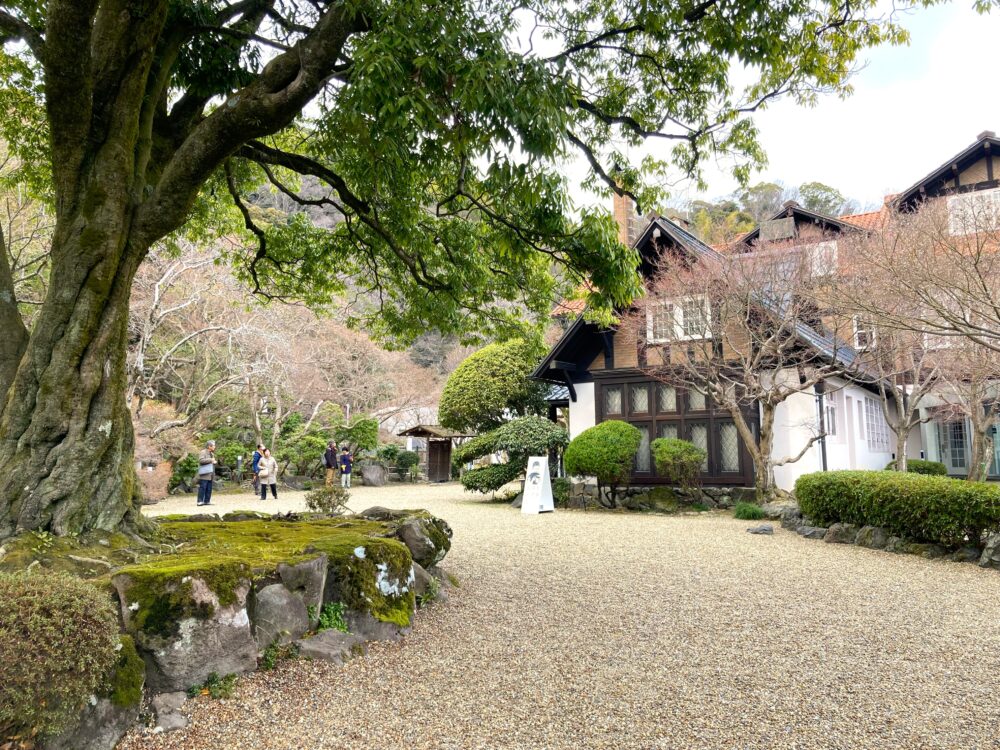
In recent years, Kyoto’s city center has become crowded with tourists due to the travel boom. Yet, Oyamazaki remains a peaceful hidden gem where you can enjoy art and nature at your own pace.
The Asahi Group Oyamazaki Villa Museum of Art, beautifully nestled in the lush hills of Kyoto, offers a perfect harmony of art, architecture, and landscape. It’s a quiet retreat where visitors can discover a more tranquil side of Kyoto—far from the busy streets of Gion or Arashiyama.
If you’re looking for a place to experience the beauty of art in a calm, scenic setting, take a short trip to the hills of Oyamazaki. It’s a wonderful destination where history, architecture, and creativity come together.
Asahi Group Oyamazaki Villa Museum of Art – Visitor Information
Location: 5-3 Zenihara, Ōyamazaki-chō, Otokuni-gun, Kyoto Prefecture









Comments